Back to Courses

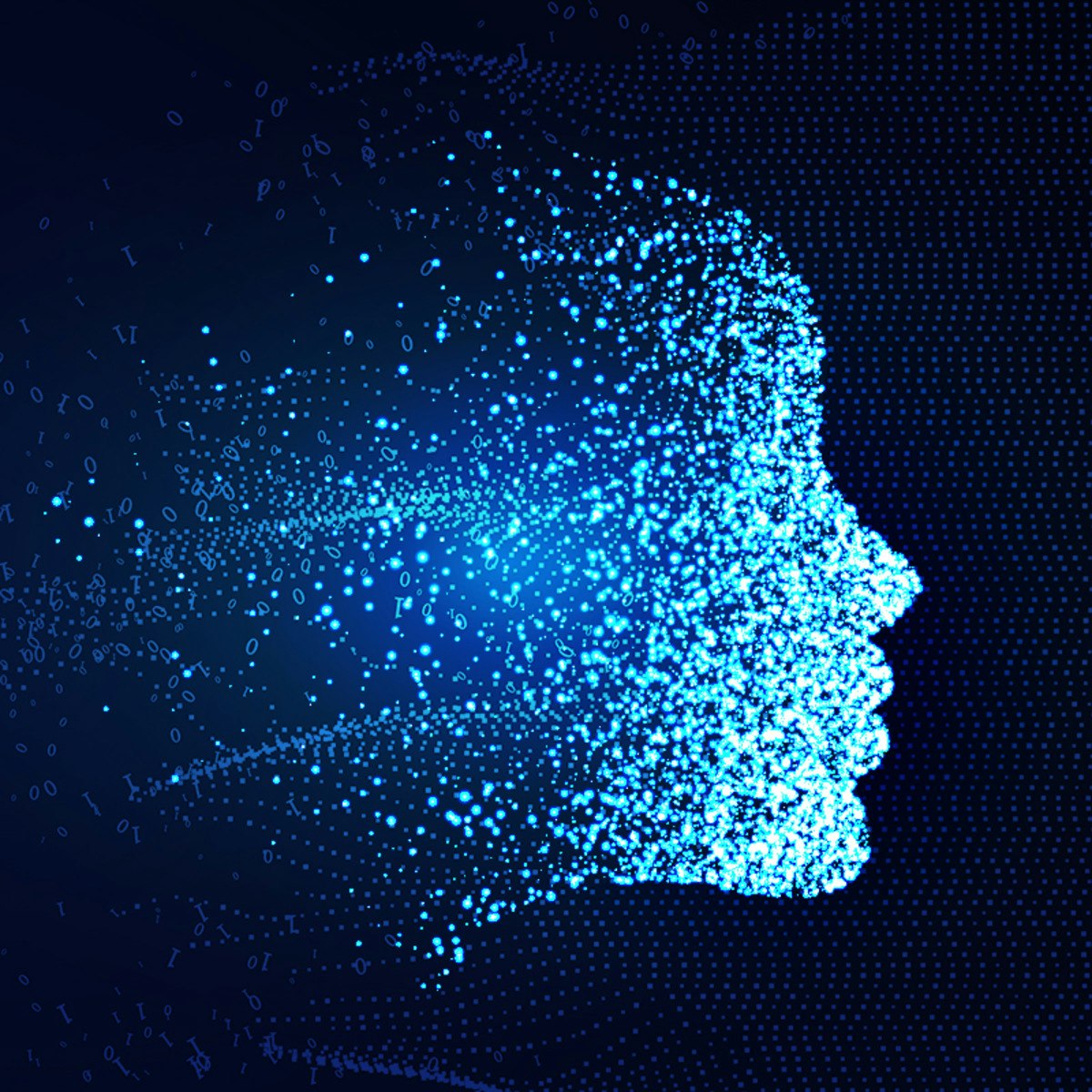
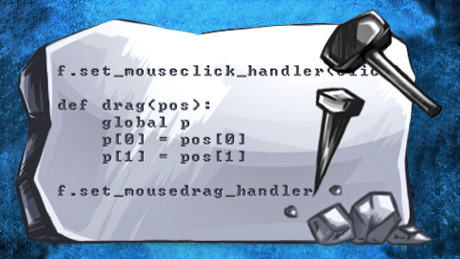
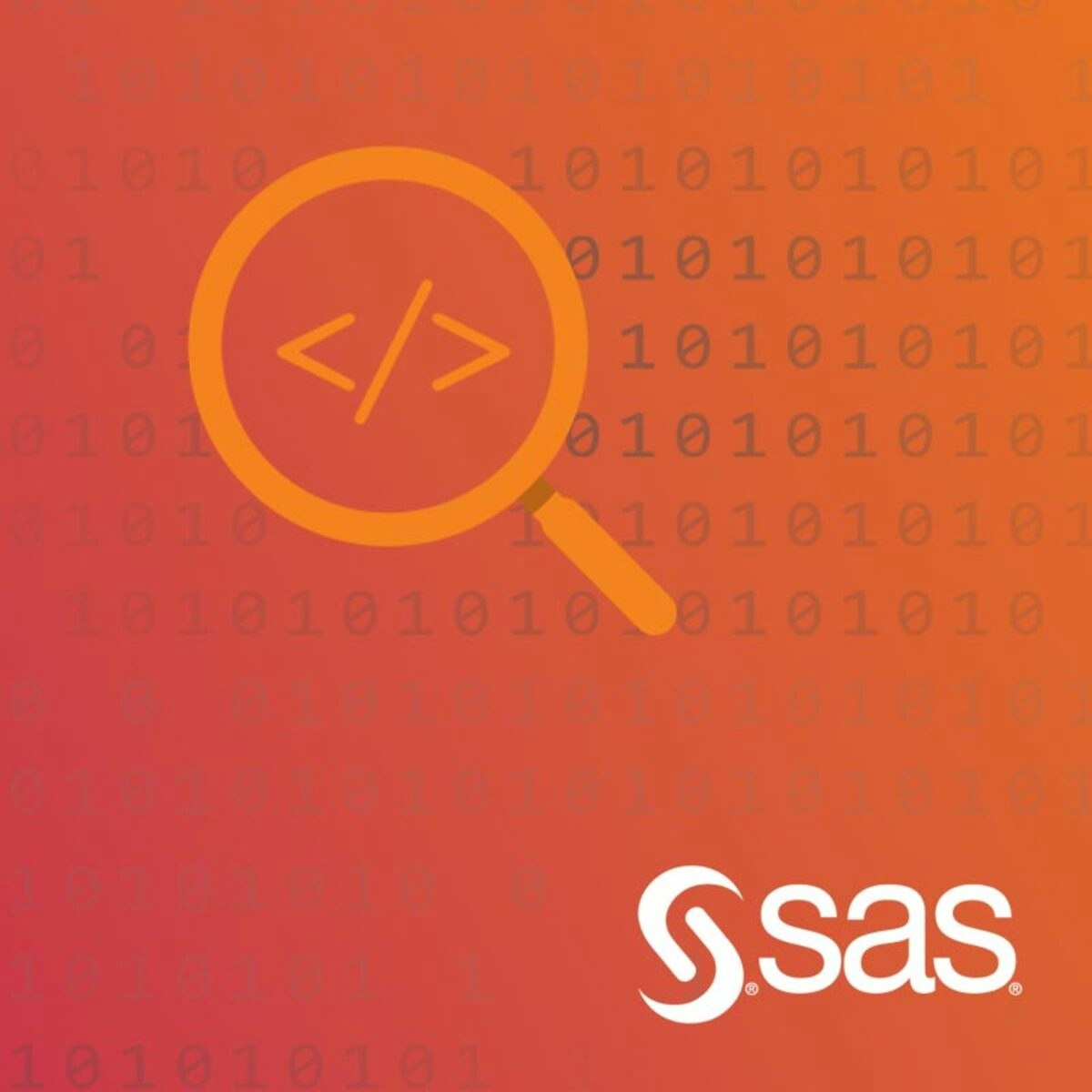

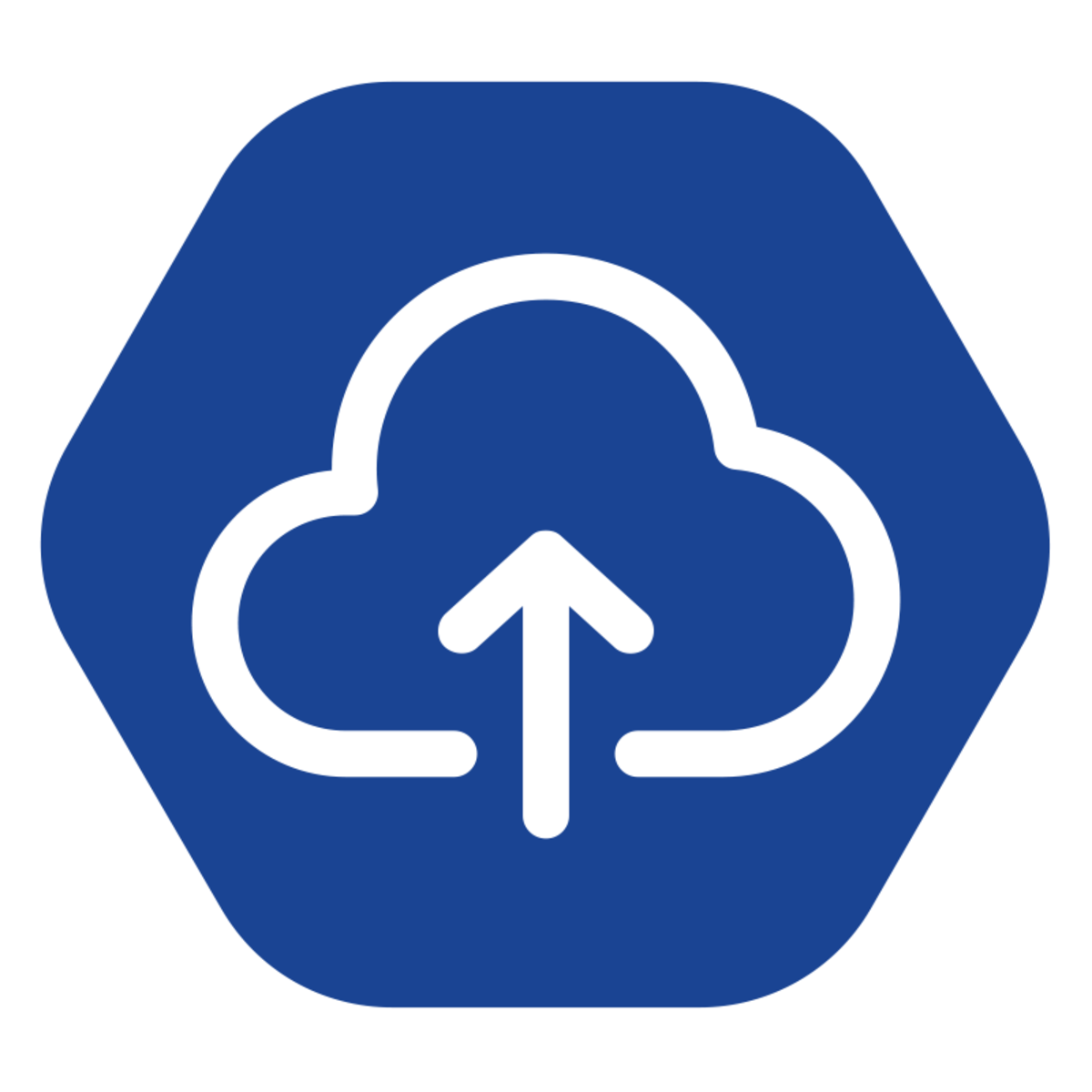
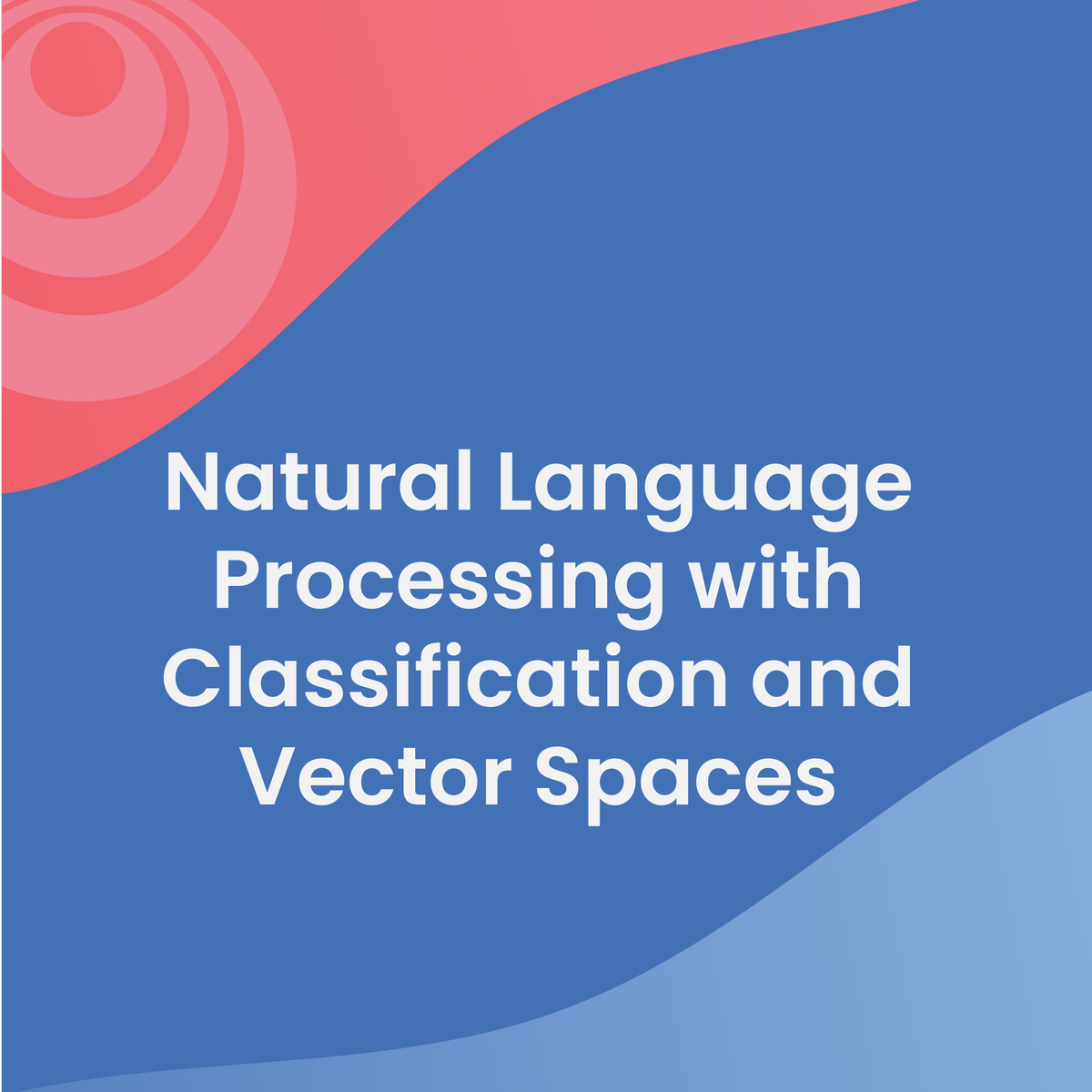

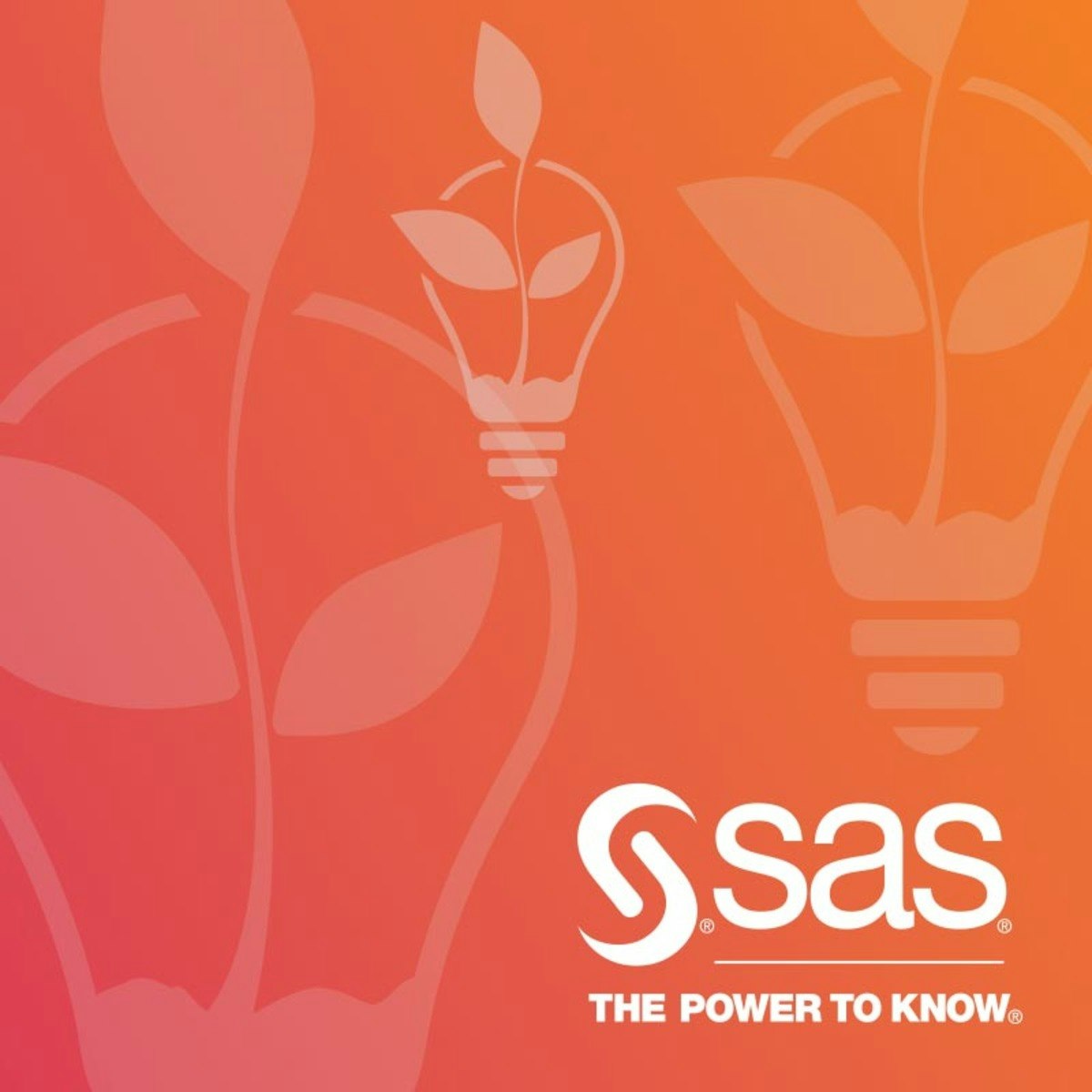
Algorithms Courses - Page 10
Showing results 91-100 of 326

Deploy a predictive machine learning model using IBM Cloud
In this 1-hour long project-based course, you will be able to create, evaluate and save a machine learning model (without writing a single line of code) using Watson Studio on IBM Cloud Platform, and you will make deployment of the model and try out as a web service frontend to make predictions.
This guided project is for Data Scientists, Machine Learning Engineers, and Developers who want a way to deliver their machine learning code available to be integrated into an application and using it as a web service. We will do everything in a development mode without any costs using a free IBM Cloud account.
To be successful in this project, you should be familiar with machine learning methodologies, like training, prediction, evaluation, and basic knowledge in some machine learning algorithms is appreciated too, so that way you will understand the results before making a deployment.
Note: This course works best for learners who are based in the North America region. We’re currently working on providing the same experience in other regions.

Artificial Intelligence and legal issues
The purpose of the course is to help students understand the legal implications related to the design and use of artificial intelligence systems, providing an overview of the risks and legal protections that can be envisaged and giving an overview of the legislation and legal principles currently applicable on the subject. In particular, the profiles of civil and criminal liability, protection in terms of intellectual property and the impacts of AI on the fundamental rights of the individual - including privacy and the right to non-discrimination – will be examined.

Computational Thinking for Problem Solving
Computational thinking is the process of approaching a problem in a systematic manner and creating and expressing a solution such that it can be carried out by a computer. But you don't need to be a computer scientist to think like a computer scientist! In fact, we encourage students from any field of study to take this course. Many quantitative and data-centric problems can be solved using computational thinking and an understanding of computational thinking will give you a foundation for solving problems that have real-world, social impact.
In this course, you will learn about the pillars of computational thinking, how computer scientists develop and analyze algorithms, and how solutions can be realized on a computer using the Python programming language. By the end of the course, you will be able to develop an algorithm and express it to the computer by writing a simple Python program.
This course will introduce you to people from diverse professions who use computational thinking to solve problems. You will engage with a unique community of analytical thinkers and be encouraged to consider how you can make a positive social impact through computational thinking.
An Introduction to Interactive Programming in Python (Part 2)
This two-part course is designed to help students with very little or no computing background learn the basics of building simple interactive applications. Our language of choice, Python, is an easy-to learn, high-level computer language that is used in many of the computational courses offered on Coursera. To make learning Python easy, we have developed a new browser-based programming environment that makes developing interactive applications in Python simple. These applications will involve windows whose contents are graphical and respond to buttons, the keyboard and the mouse.
In part 2 of this course, we will introduce more elements of programming (such as list, dictionaries, and loops) and then use these elements to create games such as Blackjack. Part 1 of this class will culminate in building a version of the classic arcade game "Asteroids". Upon completing this course, you will be able to write small, but interesting Python programs. The next course in the specialization will begin to introduce a more principled approach to writing programs and solving computational problems that will allow you to write larger and more complex programs.
Advanced SAS Programming Techniques
In this course, you learn advanced techniques within the DATA step and procedures to manipulate data.
“By the end of this course, a learner will be able to…”
● Use additional functions (LAG, FINDC/FINDW, and COUNT/COUNTC/COUNTW).
● Perform pattern matching using PRX functions.
● Process repetitive code, rotate data, and perform table lookups using arrays.
● Perform table lookups and sort data using hash and hash iterator objects.
● Create numeric templates using the FORMAT procedure.
● Create custom functions using the FCMP procedure.

Java Inheritance, Composition and Aggregation
In this project you will create a Java application that inherits from a Car class in Java and use aggregation and composition in a class that uses one to many Car objects.
Code re-use allows the developer to use tried and tested code, which results in more reliable code and saves in development time as well. In Object-Oriented Programming in a language such as Java, code re-use can be accomplished in two distinctive ways. One way is to inherit from an existing class by extending its existing functionality. A Car class for example can be extended by a Used Car class by adding a parameter to indicate the number of miles on it. Another common way to re-use code is through aggregation and composition. In aggregation, the class is made up of other existing classes that may exist independent of the parent class.
Note: This course works best for learners who are based in the North America region. We’re currently working on providing the same experience in other regions.

Developing AI Applications on Azure
This course introduces the concepts of Artificial Intelligence and Machine learning. We'll discuss machine learning types and tasks, and machine learning algorithms. You'll explore Python as a popular programming language for machine learning solutions, including using some scientific ecosystem packages which will help you implement machine learning.
Next, this course introduces the machine learning tools available in Microsoft Azure. We'll review standardized approaches to data analytics and you'll receive specific guidance on Microsoft's Team Data Science Approach. As you go through the course, we'll introduce you to Microsoft's pre-trained and managed machine learning offered as REST API's in their suite of cognitive services. We'll implement solutions using the computer vision API and the facial recognition API, and we'll do sentiment analysis by calling the natural language service.
Using the Azure Machine Learning Service you'll create and use an Azure Machine Learning Worksace.Then you'll train your own model, and you'll deploy and test your model in the cloud. Throughout the course you will perform hands-on exercises to practice your new AI skills. By the end of this course, you will be able to create, implement and deploy machine learning models.

Natural Language Processing with Classification and Vector Spaces
In Course 1 of the Natural Language Processing Specialization, you will:
a) Perform sentiment analysis of tweets using logistic regression and then naïve Bayes,
b) Use vector space models to discover relationships between words and use PCA to reduce the dimensionality of the vector space and visualize those relationships, and
c) Write a simple English to French translation algorithm using pre-computed word embeddings and locality-sensitive hashing to relate words via approximate k-nearest neighbor search.
By the end of this Specialization, you will have designed NLP applications that perform question-answering and sentiment analysis, created tools to translate languages and summarize text, and even built a chatbot!
This Specialization is designed and taught by two experts in NLP, machine learning, and deep learning. Younes Bensouda Mourri is an Instructor of AI at Stanford University who also helped build the Deep Learning Specialization. Łukasz Kaiser is a Staff Research Scientist at Google Brain and the co-author of Tensorflow, the Tensor2Tensor and Trax libraries, and the Transformer paper.

Test and Debug Your Build with Visual Studio Code
In this 1-hour long project-based course, you will learn how to test and debug your code in Visual Studio Code. You will find the bugs in a sample program and fix them. Topics covered include: building code for debugging, breakpoints, watch, call stack, conditional breakpoints, function breakpoints, and debug console.
Note: This course uses a C++ program as a learning tool. Basic knowledge of C++ is useful but any coding experience of a modern and similar language (such as C, Swift, Java, JavaScript, Kotlin) will suffice.
Doing More with SAS Programming
This course is for business analysts and SAS programmers who want to learn data manipulation techniques using the SAS DATA step and procedures to access, transform, and summarize data. The course builds on the concepts that are presented in the Getting Started with SAS Programming course and is not recommended for beginning SAS software users.
In this course you learn how to understand and control DATA step processing, create an accumulating column and process data in groups, manipulate data with functions, convert column type, create custom formats, concatenate and merge tables, process repetitive code, and restructure tables. This course addresses Base SAS software.
Before attending this course, you should be able to write DATA step code to access data, subset rows and columns, compute new columns, and process data conditionally. You should also be able to sort tables using the SORT procedure and
apply SAS formats.
Popular Internships and Jobs by Categories
Browse
© 2024 BoostGrad | All rights reserved


